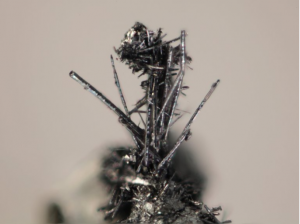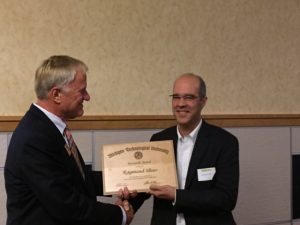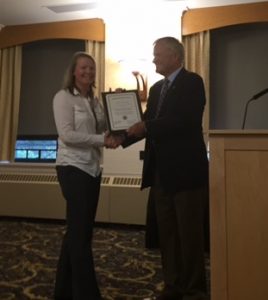Teresa Wilson’s monthly series “This Month in Astronomical History” has released its November publication “Launch of Sputnik 2”. Each month, as part of this new series from the Historical Astronomy Division of the AAS, an important discovery or memorable event in the history of astronomy will be highlighted. This month, we look as the Soviet Union’s launch of Sputnik 2. You can read the compete article here or on aas.org.
Will Cantrell (Physics) and Claudio Mazzoleni (Physics) are Co-PIs on the project, “An Investigation of the Suitability of a Laboratory Cloud Chamber for Optical Radiative Transfer Measurements.”
This is the first year of a two-year project potentially totaling $316,374.

 “Minerals have a natural wow factor, and while we use many of them daily without thinking twice, some specimens are truly art,” Jaszczak says, adding that minerals like the gems tanzanite (a blue/purple variety of zoisite) and tsavorite (a green variety of grossular garnet), which come from the same mines as merelaniite, can be more eye-catching. But it doesn’t negate the value of less showy minerals.
“Minerals have a natural wow factor, and while we use many of them daily without thinking twice, some specimens are truly art,” Jaszczak says, adding that minerals like the gems tanzanite (a blue/purple variety of zoisite) and tsavorite (a green variety of grossular garnet), which come from the same mines as merelaniite, can be more eye-catching. But it doesn’t negate the value of less showy minerals.







